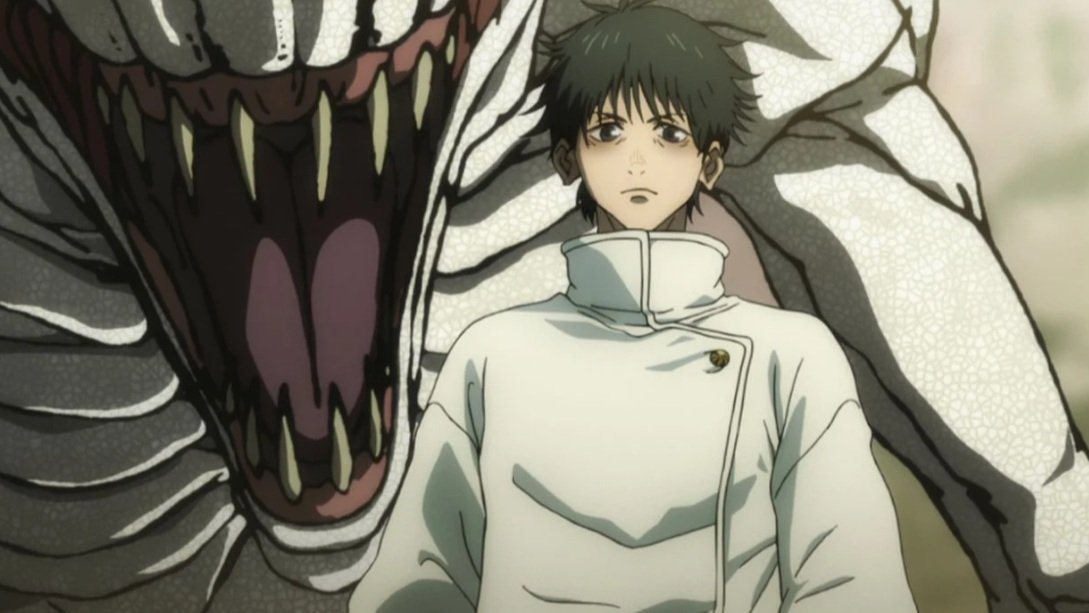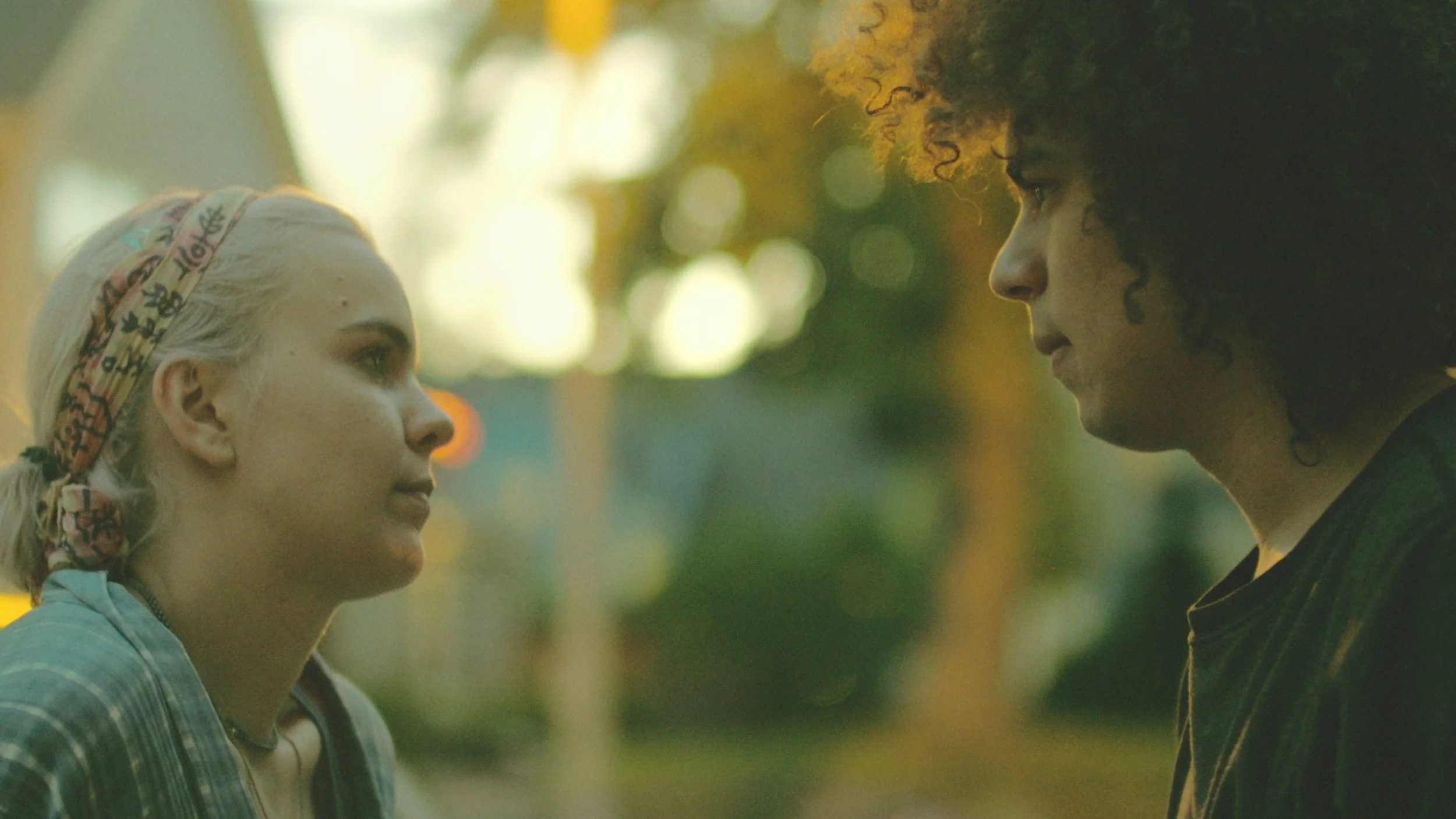SXSW 2018: A Quiet Place
A simple, yet effective horror movie, A Quiet Place is the best work, so far, by director John Krasinski. It’s strikingly different from anything else the director-actor has done—behind the lens, he has stayed in the dramedy realm, and as an actor he’s, of course, best known as Jim from The Office, while also dabbling in drama and action. A Quiet Place is his bold shift into genre filmmaking, and he absolutely excels in the realm of monster thriller.
At the start, we know very little about the post-apocalyptic world we’re introduced to in the movie, as we see a family scrounging for supplies in an abandoned grocery store. We do know one thing—in order to survive you must keep quiet. Creatures roam, attracted to anything that makes a sound. The stakes are made clear in the pre-credits sequence, as we know how quickly and how violently these creatures attack.
The family—John Krasinski playing the father, Emily Blunt playing the mother, and Noah Jupe, Millicent Simmonds, and Cade Woodward playing the children, all unnamed in the film—has created an elaborate system to stay alive. Sand paths soften their footsteps, string lights turn red when danger is near, and the wooden floors are painted to correspond with each silent step. Writers Bryan Woods, Scott Beck, and Krasinski create a well-thought out environment in which our characters can combat the monstrous horde. And as a director, Krasinski lays out traps for each character in a Hitchcockian fashion—the audience is a step ahead of our hapless heroes, sure enough to cause an audience to squirm with tension.
The standout in the cast is Millicent Simmonds, who plays the deaf daughter—Simmonds is in fact deaf and her performance has an added layer of honesty on knowing that fact. Simmonds portrayals the daughter with a sense of frustration and anger—she doesn’t forgive herself for letting her family down, as she sees it, earlier on in the film. But, when the time comes, she strikes back against the creatures in a hugely rewarding, heroic fashion.
Blunt’s character has her own obstacle to overcome, too—she’s pregnant. Again, Krasinski as a director knows how to set up these scenarios; we know there’s no good way out of giving birth in a world where the slightest noise is deadly. The payoff is fantastic, in maybe the best sequence in the entire film. From the moment the mother’s water bursts, we’re in for a hell of a thrill ride. Blunt really sells each moment, too, each contraction contorting her silent face.
The sound design is excellent, as well. Very little is actually spoken in the film, leaving large gaps for the sound to just drop from the soundtrack completely, which makes the jump scares mostly earned. And when the sound does come in, it’s decidedly booming and intense, with a worthwhile score from Marco Beltrami.
The film isn’t necessarily trying to reinvent the monster movie, and it does fall into silly B-movie trappings, but it’s all entertaining nonetheless. Krasinski himself might not have been the perfect lead actor, but the natural chemistry he has with real-life wife Blunt brings us closer to his character. Shades of Spielberg even pop up—you can tell Krasinski was influenced by Jurassic Park and even War of the Worlds. And its final moments are destined to go down in the Badass Monster Movie Hall of Fame. Who knows exactly why Krasinski went outside his comfort zone to make A Quiet Place, but we should be thankful he did. He might just be the next genre filmmaker to keep an eye on.














